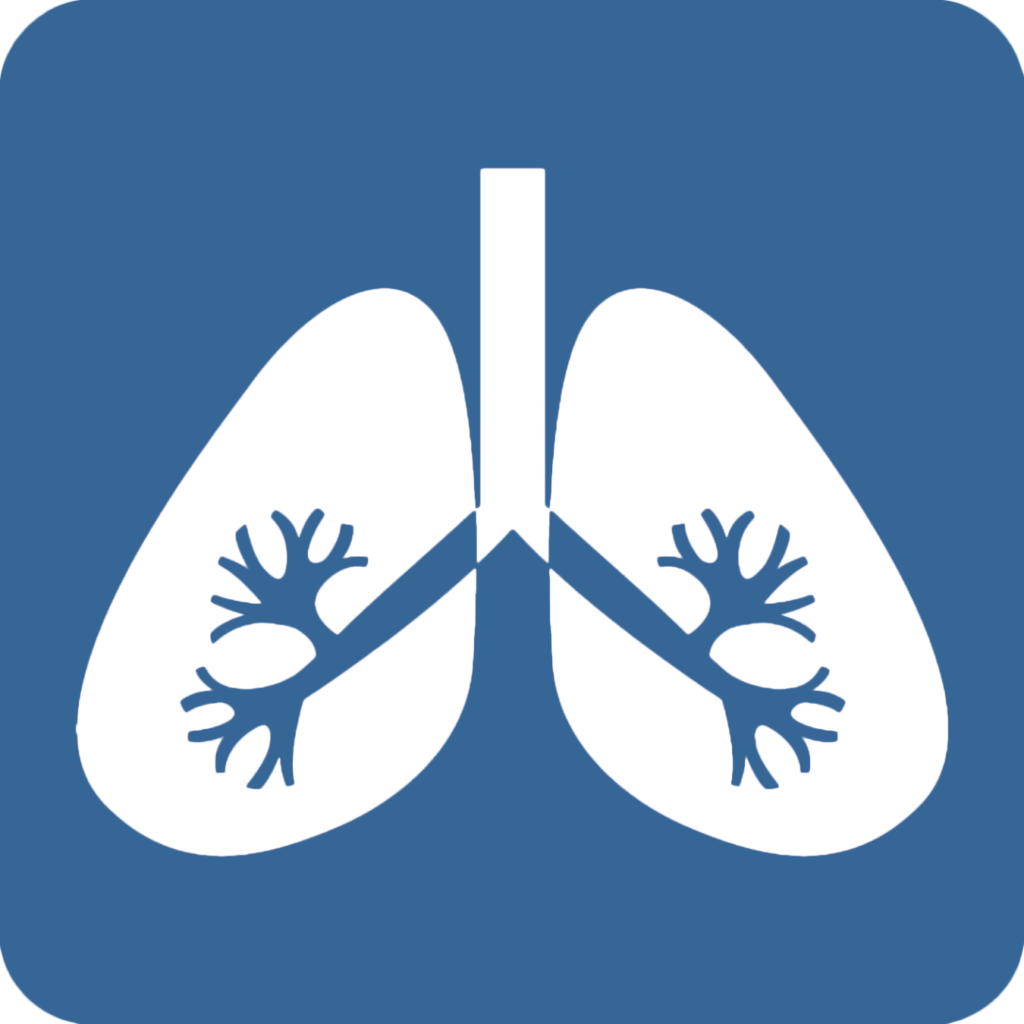
California’s dramatic landscapes – from Redwood forests to the peaks of the Sierra Nevada to sprawling deserts and a nearly 900-mile Pacific coastline- have long shaped the state’s identity and economy. Its climate ranges from tundra to desert to snowy mountains, yet California is perhaps most commonly envisioned something akin to the California Dreams series of the 90’s- with the near Mediterranean climate that has inspired the popularity of American farm-to-table dining, Hollywood movie stars, and those in search of life on the beach.
Originally based in mining and agriculture, California’s economy has exploded to become the fourth largest in the entire world, surpassed only by China, Germany, and its own home country of the United States. Perhaps this is no surprise considering the technology, media, and tourism industries alone.
California has also taken aggressive and early action on environmental issues. Key examples of California’s leadership are in their environmental history. California is home to Yosemite, the first publicly protected wilderness area in the United States. In 1885 California became the first state to regulate logging and actively promote reforestation. Later in 1979, they adopted the first energy efficiency standards for appliances. Needless to say, California’s Environmental Protection Agency has a long legacy to uphold.
As tectonic risks continue subsurface, drought and water management issues grow in the rising heat. The state of California has many diverse environments and people to protect. In the profile below, you’ll find a set of key children’s environmental health indicators that illuminate California’s environmental risks, children’s exposures, and emerging trends in child health and development.

Safe Drinking Water:
11.3% of public water utilities had drinking water violations in 2023.
National average: 27.6%

Air Quality:
97.99% of children under age 18 live in counties with unhealthy levels of air pollution. Air quality was monitored in 50 out of 58 counties in California 2024.
Nationwide: 39.88% of children.

Warming Temperatures:
2.7 degrees F warmer in 2024 than in 1970.
National average 3.9 degrees F warmer

Toxic Chemical Releases:
35.6 million pounds of toxic chemicals were disposed of or released in 2023.
United States 3.3 billion pounds

Asthma:
6.4% of children under age 18 have asthma (2022-2023).
Nationwide:6.6%

Pediatric Cancer:
174.3 cases of pediatric cancer per 1 million population (2021).
Nationwide: 179 cases per 1 million

Blood Lead Levels:
2.0 % of tested children under age 6 have elevated blood lead levels (2022).
Nationwide: 1.3%

Neurodevelopmental Disorders:
6.3% of children age 3-17 have ADHD (2022-2023).
Nationwide: 10.5%
3.5% of children age 3-17 have Autism Spectrum Disorder (2022-2023).
Nationwide: 3.9%
The California Department of Public Health (CDPH) seeks to reduce and prevent adverse and inequitable physical and mental health impacts associated with climate change. With partial funding from the Centers for Disease Control & Prevention’s Climate Ready States and Cities Initiative, the CDPH Climate Change and Health Equity Section and its CalBRACE Project developed Climate Change & Health Vulnerability Indicators for California (CCHVIs) and an online interactive platform to visualize the data, CCHVIz, These tools assist with climate change planning and prioritizing actions to protect people most at risk, including children.

The CCHVIz displays three categories of indicators that influence vulnerability to health impacts of climate change: exposure indicators including heat, air quality,
wildfires, and sea level rise; population sensitivity indicators including children, elderly, poverty, education, outdoor workers, vehicle ownership, linguistic isolation, disability, health insurance, and violent crime rate; and adaptive capacity indicators including air conditioning ownership, tree canopy, and impervious surfaces.
The CCHVIz provides health officials and planners with an online snapshot to compare their county’s indicators to the state average. They can view risk by census tract for specific indicators, such as children under age 5, and their breakdown by race and ethnicity. The tool also plots the intersections of exposure indicators (e.g., ozone concentration) with sensitivity indicators (e.g., population under 5 years of age) to learn where children are susceptible to air pollution, extreme heat, wildfire, or other threats. The CCHVIz is an excellent resource for State and local officials in California to plan to prevent and prepare for climate change-related health impacts to young children, especially children of color and children in under-resourced communities.
Children’s environmental health indicators (CEHIs) are measures that can be used to assess the magnitude or extent of environmental hazards, environmental exposures, or children’s health outcomes.
Each headline indicator should be a clear, understandable indicator of children’s environmental health, with broad relevance for a range of audiences at the state level – with relevance to the national level.
The indicators as a package should provide a representative picture of children’s health and relation to the environment.
Each indicator should be calculated using an agreed-upon (and published) method and accessible and verifiable data.
Each indicator should be calculated regularly (at least biennially), with a short lag between the end of the period and publication of the data.
Indicators must be comparable across all or very nearly all 50 U.S. states
KIDS COUNT Data Book: State Trends in Child Well-Being. The Annie E. Casey Foundation. Accessed April 2025.
In this profile, counties with “unhealthy” levels of air pollution are those receiving a grade of F for ozone pollution, daily particle pollution (PM2.5), or annual particle pollution (PM2.5) in the American Lung Association’s 2025 State of the Air report. According to the report, 8,334,843 California children under age 18 live in counties that received an F for at least one pollutant. This only considers the 50 counties where air quality is monitored (out of 58). Across the US, 39.88% of children under the age of 18 live in counties with unhealthy levels of at least one measure of air pollution. Nationwide, air quality is monitored in 885 counties (out of 3,243 total).
2024 State of the Air Report. American Lung Association. Accessed April 2025.
Children are more vulnerable to the hazards driven by warming temperatures, such as heatwaves, droughts, flooding, and many other cascading effects. Climate change causes an increase in the frequency and severity of temperature anomalies, extreme weather, and natural disasters globally.
EPA’s Toxics Release Inventory (TRI) tracks the management of certain toxic chemicals that may threaten human health and the environment. Industrial facilities across the U.S. are required to annually report the amount of each chemical disposed of or released into the environment, both on- and off-site. Many of these chemicals are known carcinogens, developmental toxicants, and neurotoxicants that adversely impact children’s health, such as arsenic, lead, and mercury.
A wealth of research links exposure to poor outdoor air quality, including high concentrations of ground-level ozone, with the exacerbation of children’s respiratory illnesses, including asthma. Several studies link it with the onset of childhood asthma.
2022-2023 National Survey of Children’s Health. Title V Maternal and Child Health Services Block Grant National Performance and Outcome Measures. Prevalence of current asthma, age 0-17 years. Data Resource Center for Child and Adolescent Health. Maternal and Child Health Bureau, Health Resources and Services Administration. Accessed April 2025.
Although cancer in children is rare, the rate of pediatric cancer has been increasing since the 1970s. It is the leading disease-related cause of death past infancy in U.S. children. Neither genetics nor improved diagnostic techniques can explain the increased rate. According to the 2020 Childhood Cancer Prevention report, no more than 10% of all childhood cancers are derived from heritable genetic risk factors, and hazardous chemicals are a preventable risk factor that contributes to the remaining cases.
In 2022, 4.39% of California children under age 6 were tested for blood lead levels (BLLs). Of those tested, 2.00% had a BLL ≥ 3.5 μg/dL. Often the most vulnerable children are not tested, and not all who are tested get reported, so this is likely an underestimate of the true scope of children’s elevated blood lead in California. There is no safe level of lead exposure for children. A potent neurotoxicant, lead reduces IQ and impairs other cognitive, behavioral, and developmental functions. In 2021, the CDC lowered the BLL reference value from 5 to 3.5 μg/dL, but much of the available data still categorizes “elevated” BLLs as being 5 ug/dL or higher.
Number of Individual Children Screened for Lead, by California Local Health Jurisdiction and Highest Level, 2022. California Department of Public Health. Accessed April 2025.
Assessing Child Lead Poisoning Case Ascertainment in the US, 1999–2010. Eric M. Roberts, Daniel Madrigal, Jhaqueline Valle, Galatea King and Linda Kite. Pediatrics April 2017, e20164266; DOI: https://doi.org/10.1542/peds.2016-4266.
Mounting scientific research links environmental exposures with risk of Attention-Deficit Hyperactivity Disorder (ADHD) and Autism Spectrum Disorder (ASD). Neither genetics nor changing diagnoses or other artifacts fully account for the increased incidences of these conditions. ADHD and ASD data are for children aged 3-17 years in this state.
2022-23 National Survey of Children’s Health. Title V Maternal and Child Health Services Block Grant National Performance and Outcome Measures. Prevalence of current ADHD, age 3-17 years; and Prevalence of current Autism or Autism Spectrum Disorder (ASD), age 3-17 years. Data Resource Center for Child and Adolescent Health. Maternal and Child Health Bureau, Health Resources and Services Administration. Accessed April 2025.
NIEHS/EPA Children’s Environmental Health and Disease Prevention Research Centers. 2017 Impact Report.
Indicator references often link to sites and data that are not managed by CEHN. Federal websites, especially, may no longer be available. Each time we release an updated factsheet, please be assured that we will also update relevant indicator references to reflect any changes.
All children deserve and need a safe and healthy environment to grow and develop. They need clean air to breathe, safe water to drink, nutritious food to eat, and healthy places in which to live, learn, and play. Early exposure to harmful agents can lead to acute and chronic adverse outcomes. Infants and children are especially vulnerable to environmental exposures because they breathe, eat and drink more, in proportion to their body size, than do adults, and because their bodies and brains are still developing.
A blueprint for Protecting Children’s Environmental Health Network set out to identify a set of CEHIs that can be used to provide an understanding of children’s environmental health at the state level. Through this process, CEHN found that robust, valid, and regularly updated state level data–that are comparable across most states–were not readily accessible. States need adequate funding and capacity to collect and make accessible reliable CEHI data in order to set goals and track progress towards improving children’s health.
Children are our future – society has a moral obligation to protect them. Exposure to environmental hazards can and must be prevented. Prevention requires strong environmental regulations, fully funded and supportive public and environmental health programs and a robust workforce.